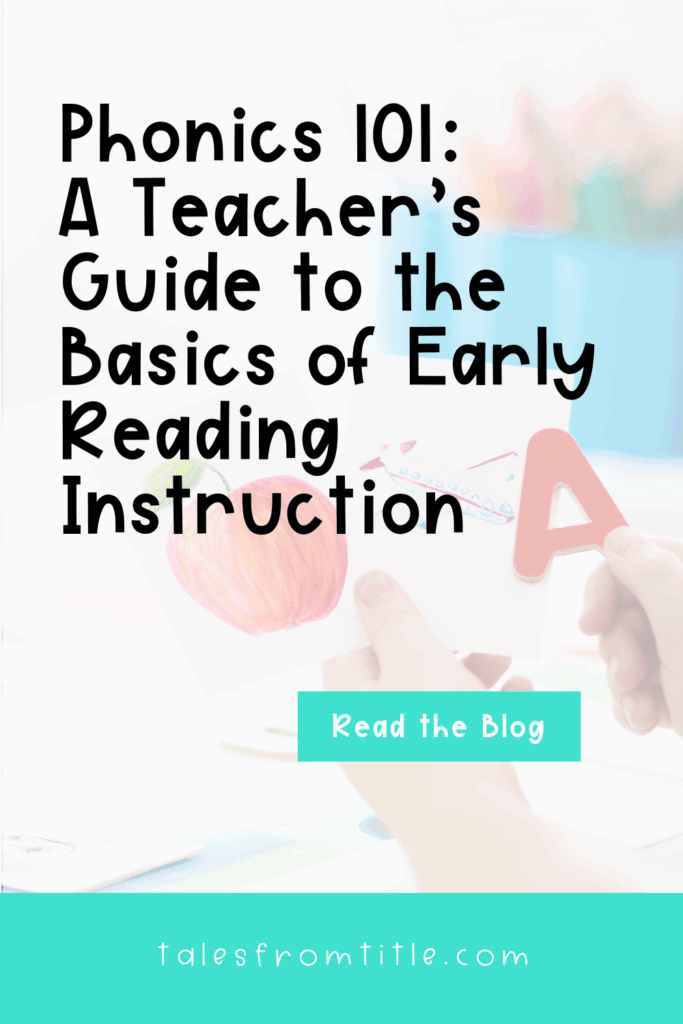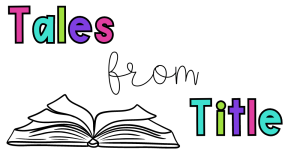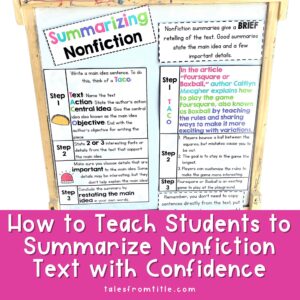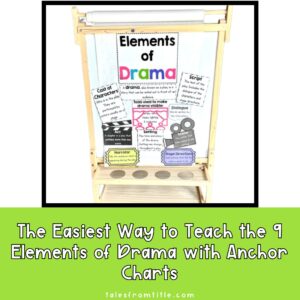It’s time for part three of my ten-part series on the components of reading! In this series, I talk about what each component of reading is, what it means, and why it is important. If you’ve missed the earlier posts, you can catch up here:
Today’s post marks the beginning of a two-part series on phonics. In this post, we’ll explore what phonics is, and next week, we’ll discuss why phonics is so important. Let’s get started!
After phonemic awareness, phonics is the next foundational skill in teaching children how to read. But what exactly is phonics, and why does it play such a crucial role? In this first part, we’ll look at what phonics is and how it fits into early reading instruction.
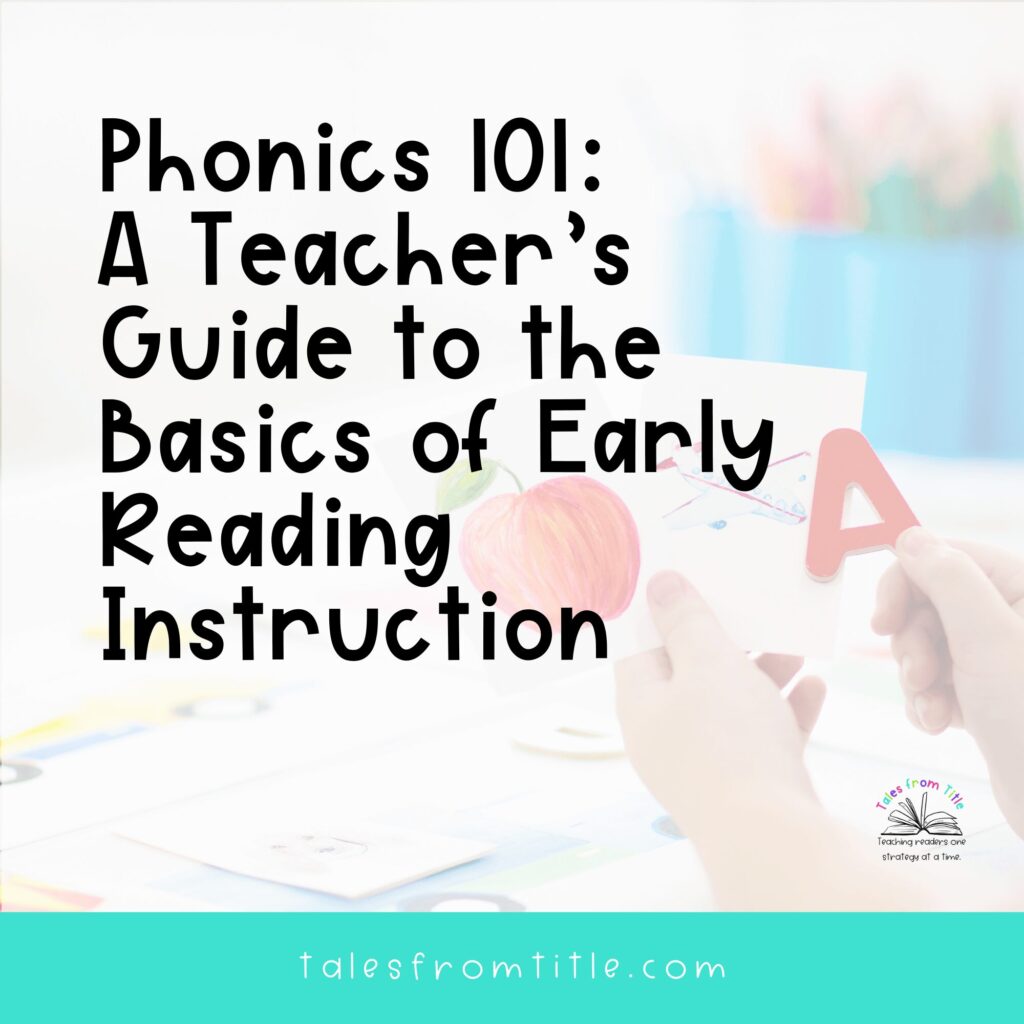
What is Phonics?
Phonics instruction is the process of understanding the alphabetic principle. Essentially, phonics helps us understand the relationship between written letters and the sounds they represent in spoken language. By teaching children phonics, we connect what they see on a page with the sounds they hear and say when they read aloud.
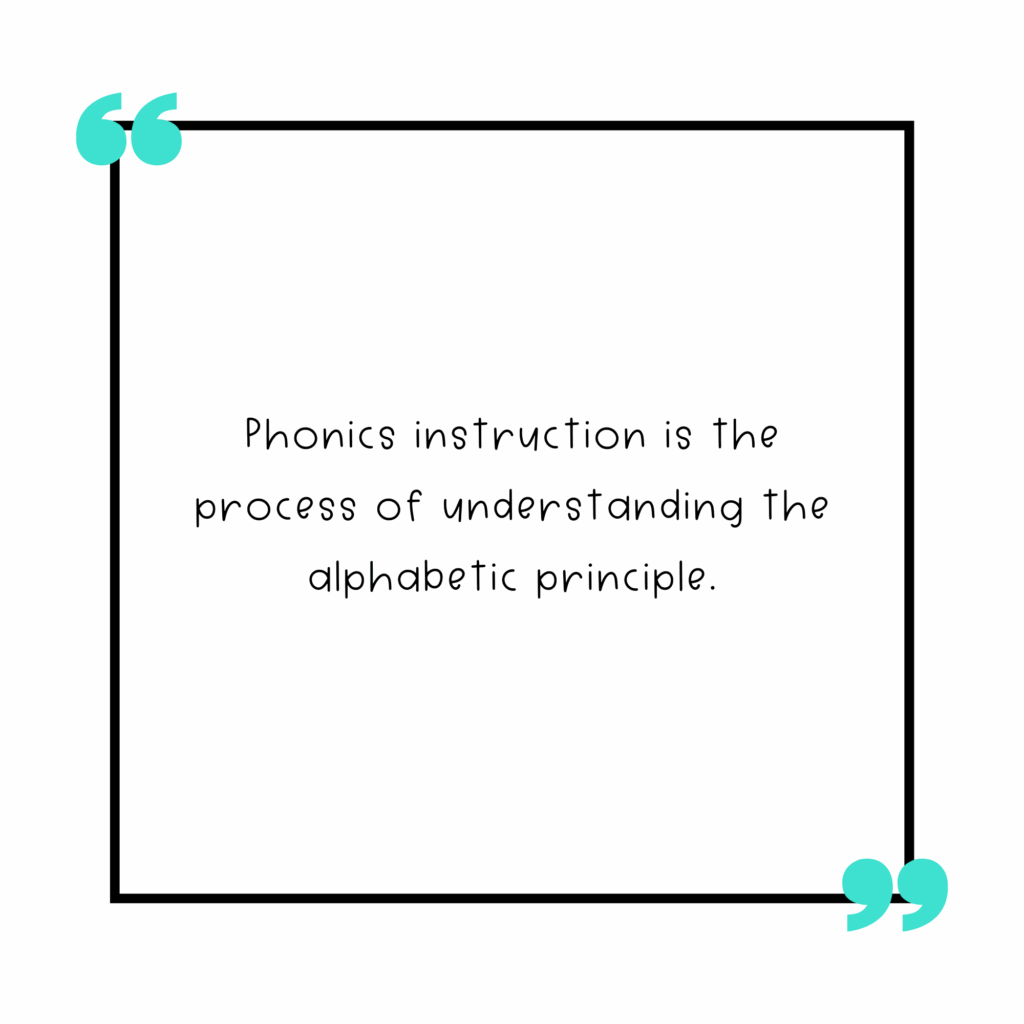
Let’s break it down with an example. When a child learns that the letter B makes the /b/ sound, they can use that knowledge to blend it with other sounds to read words like bat or ball. This ability to decode words is an essential step toward becoming a confident reader. Phonics provides students with the practical tools they need to read unfamiliar words and begin reading independently.
The Key Components of Phonics
Letter-Sound Relationships
Phonics begins with teaching the sounds that letters and groups of letters make. For example, the letter S makes the /s/ sound, and the letters CH produce the /ch/ sound. Some children may start learning these relationships in preschool, while others are introduced to them in kindergarten through a phonics or reading program.
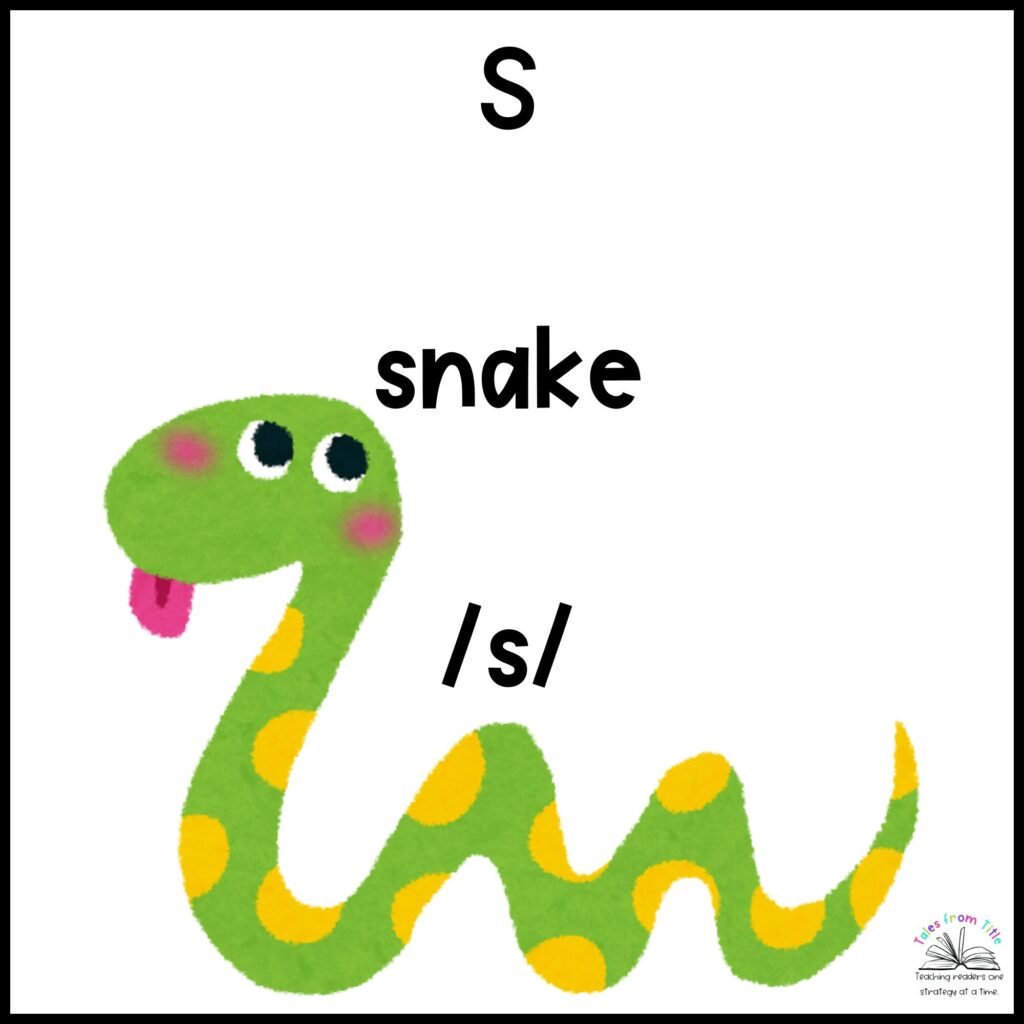
Blending and Segmenting
Once students master individual sounds, they practice blending them to form words. For instance, /c/ + /a/ + /t/ becomes cat. Early readers also learn to segment words by breaking them down into individual sounds. This ability to segment is a critical skill that supports both reading and spelling and will continue to be useful throughout their education.
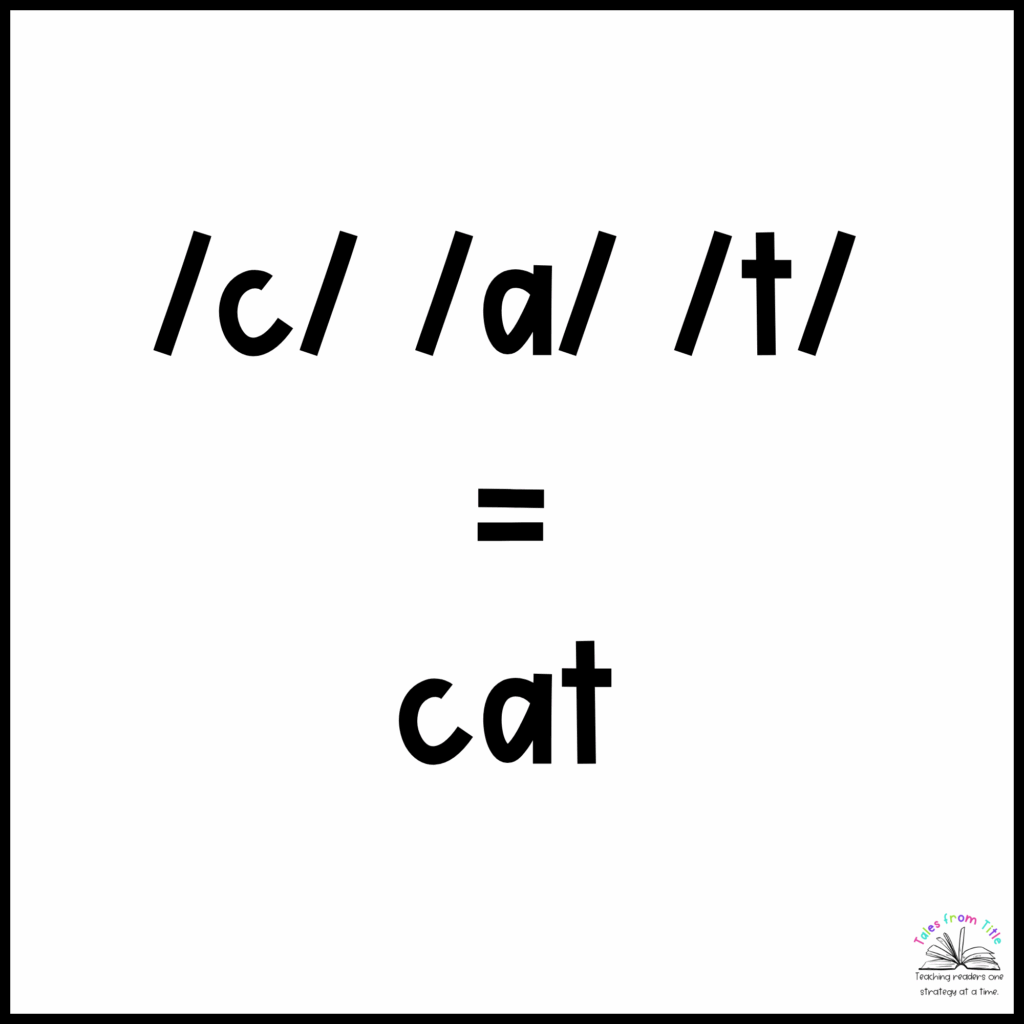
Digraphs, Blends, and Vowel Patterns
After students understand the sounds of individual letters, they move on to more complex letter-sound patterns. For example, they may learn about digraphs like ch, th, sh, wh, and ck. As instruction progresses, they are introduced to blends such as bl, st, and sp, as well as vowel teams like ai, ea, and oi. Mastering these patterns allows students to decode a greater variety of words.
Decoding and Encoding
Phonics isn’t just about reading; it’s about spelling too! When reading, students practice decoding — reading words by sounding them out. When writing, they practice encoding — spelling words by breaking them into their sounds. Working on both decoding and encoding helps reinforce the skills learned in phonics lessons.

Types of Phonics Instruction
There are several approaches to teaching phonics, but systematic and analytic are among the most well-known. While these approaches are debated, the Independent Review of the Teaching of Early Reading by Sir Jim Rose concluded:
“Despite uncertainties in research findings, the practice seen by the review shows that the systematic approach, which is generally understood as ‘synthetic’ phonics, offers the vast majority of young children the best and most direct route to becoming skilled readers and writers.”
If you’d like to explore the report in detail, you can check it out here.
Systematic vs. Incidental Phonics
Phonics instruction can be systematic, where skills are taught in a specific sequence, or incidental, where phonics is introduced as the need arises during reading. While both approaches have their place, systematic phonics often builds a stronger foundation for early readers.
Synthetic vs. Analytic Phonics
In synthetic phonics, students learn to build words by blending individual sounds. For instance, they might take /d/, /o/, and /g/ and blend them to read dog. Analytic phonics takes a different approach by teaching students to look for patterns they recognize in whole words.

Building Confidence in Early Readers
Phonics instruction gives students the tools they need to read words independently, boosting their confidence and sense of success. Imagine a student encountering the word cat for the first time. If they know the sounds for C, A, and T, they can blend them together to read the word without assistance. This sense of accomplishment motivates them to keep learning and growing as readers.
Wrapping It Up
Phonics is all about helping students understand the code of written language. By teaching them the connection between letters and sounds, we give them the tools they need to decode words, build confidence, and take those crucial first steps toward independent reading.
In the next post, we’ll dive into why phonics is so important for long-term reading success. Stay tuned!
